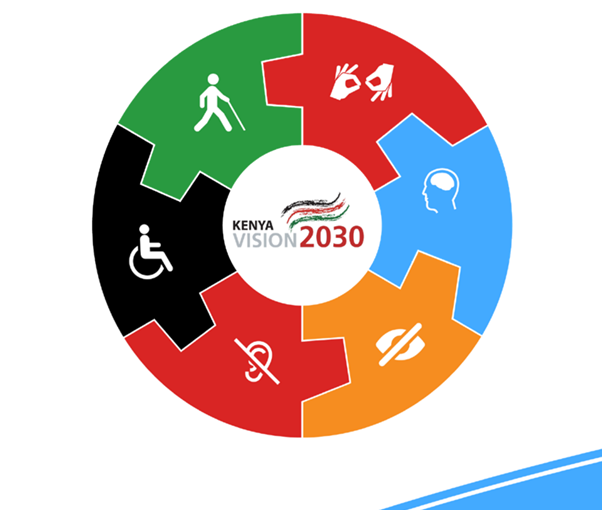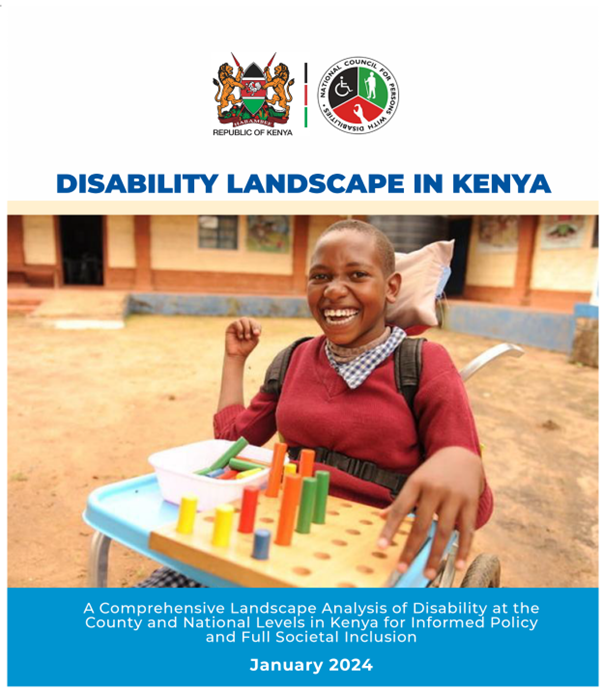Resource Hub
Disability laws and policies are regulations and guidelines that are put in place to protect the rights of individuals with disabilities, promote their equal participation in society, and ensure that they have access to necessary resources and support. These laws and policies vary from country to country, but generally, they aim to provide individuals with disabilities with equal opportunities in areas such as education, employment, transportation, housing, and healthcare.
Some examples of disability laws and policies include the Americans with Disabilities Act (ADA) in the United States, the Disability Discrimination Act (DDA) in the United Kingdom, and the Disability Discrimination Act (DDA) in Australia. These laws prohibit discrimination against individuals with disabilities and require employers, businesses, and public facilities to make reasonable accommodations to enable individuals with disabilities to participate fully in society.
Other policies and laws may focus on providing financial assistance or support to individuals with disabilities. For example, many countries have social welfare programs that provide financial support to individuals with disabilities who are unable to work due to their condition.
Governments and non-governmental organizations also establish policies and programs to promote disability awareness and inclusion in society. For example, some schools and universities have programs designed to support students with disabilities, while some companies have diversity and inclusion policies aimed at creating a more inclusive workplace for individuals with disabilities.
Overall, disability laws and policies play a crucial role in ensuring that individuals with disabilities have equal opportunities, rights, and access to necessary resources and support to enable them to participate fully in society.
Legislative Provisions in Kenya
Disability laws and policies are regulations and guidelines that are put in place to protect the rights of individuals with disabilities, promote their equal participation in society, and ensure that they have access to necessary resources and support. These laws and policies vary from country to country, but generally, they aim to provide individuals with disabilities with equal opportunities in areas such as education, employment, transportation, housing, and healthcare.
Constitution
The constitution of Kenya Chapter 54 section 2a” and 2e” states that a person with any disability is entitled to be treated with dignity and respect and to be addressed and referred to in a manner that is not demeaning. PWDs are also supposed to access assistive and supportive devices to overcome constraints arising from disability (Kenya Constitution, 2010).
Disability act
The Kenya National Disability Act 2003 provides for the rights and rehabilitation of persons with disabilities; their achievement and equalisation of opportunities.
The Act emphasises “prevention of disability; early identification of disability; early rehabilitation of persons with disabilities; enabling persons with disabilities to receive free rehabilitation and medical services in public and privately owned health institutions; availing essential health services to persons with disabilities at an affordable cost; availing field medical personnel to local health institutions for the benefit of persons with disabilities; and prompt attendance by medical personnel to persons with disabilities”.
National Guidelines And Manual On Identifications And Referral
Disabilities impact negatively on the lives of both children and adults with disabilities, hence the need for early identification and intervention strategies (MOPHS April, 20 l 0). In order to bridge the service provision gap, the disability guidelines and manual on identification and referral of children with disabilities provides the basis for interventions.
The Mother and Child Health booklet
It is a comprehensive tool that interfaces the Antenatal, perinatal and postnatal periods with the infant and early childhood period, maintaining continuity and information integration on both the mother and the child. It provides for the monitoring of developmental milestones and identification of early childhood ailments. It separates growth monitoring of boys and girls since they grow and develop differently. It boosts knowledge as an information source
for health workers, mothers and their families since it gives health information and feeding recommendations during sickness and care for development.
National School Health Policy And Guidelines
Disability and special needs are major impediments to·· effective learning, social inclusion and integration. Children with disabilities and those with special needs tend to remain In the lower social stratum of communities. All children with disabilities and special needs should undergo an integrated assessment and screening process to facilitate their inclusion in a school environment. The programme provides for the mental and psychological health of all children with emphasis also on the vulnerable group especially those with disabilities.
elections disability accessibility audit tools manual
It is a concise and practical guide that equips auditors with the necessary tools to evaluate the accessibility of elections for individuals with disabilities. This manual outlines specific audit objectives and provides a structured approach for assessing various elements, including physical infrastructure, communication materials, voting processes, and other factors that affect the participation and inclusion of people with disabilities in elections. By following the guidelines in this manual, auditors can identify barriers, gaps, and areas for improvement to ensure that elections are accessible, inclusive, and uphold the rights of individuals with disabilities.
Disability Landscape Report
other key legislative provisions
united nations Official Documents
The links below open UNBISNet and display the full list of UN documents related to the rights of persons with disabilities.
International Instruments
- Convention on the Rights of Persons with Disabilities (2006)
- Standard Rules on the Equalization of Opportunities for Persons with Disabilities (1993)
- Principles for the protection of persons with mental illness and the improvement of mental health care(1991)
- World Programme of Action concerning Disabled Persons (1982)
- Declaration on the Rights of Disabled Persons (1975)
- Declaration on the Rights of Mentally Retarded Persons (1971)


